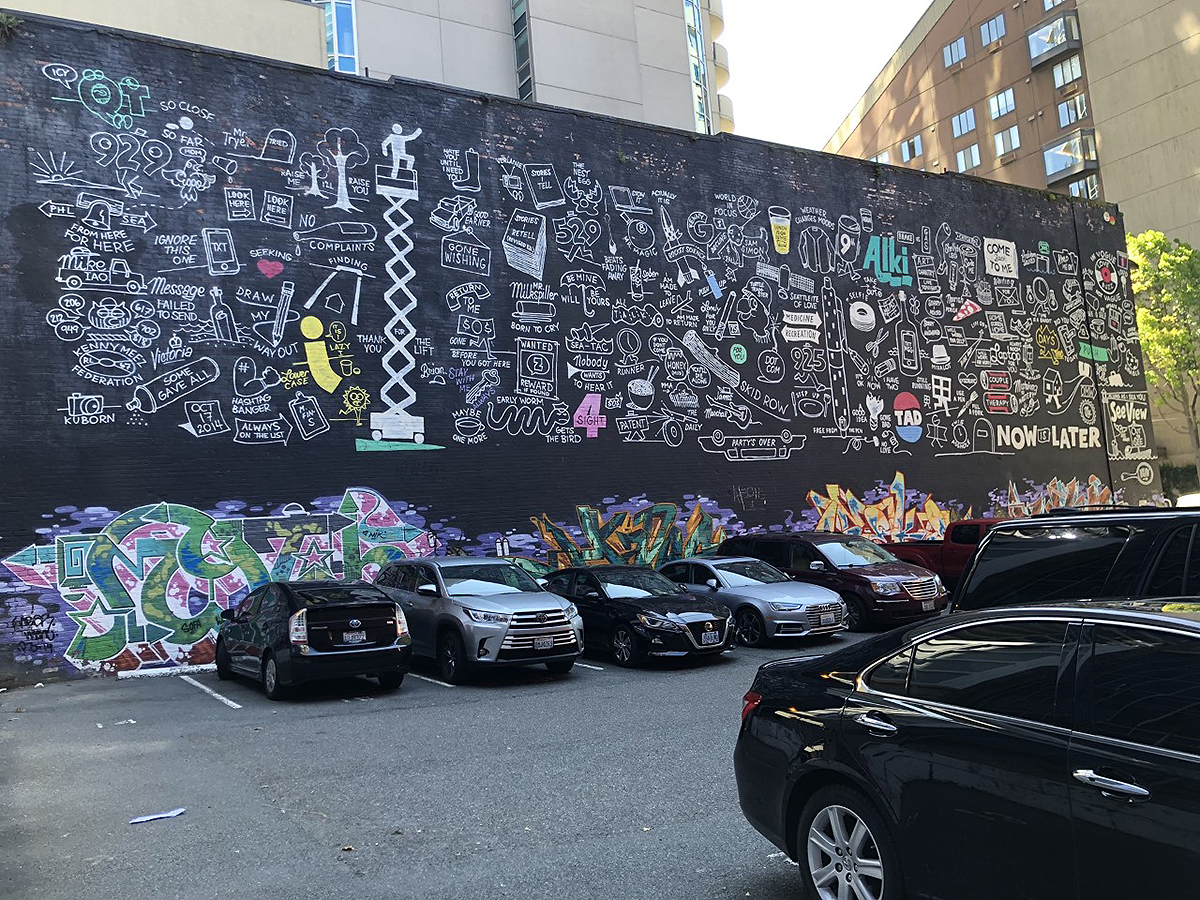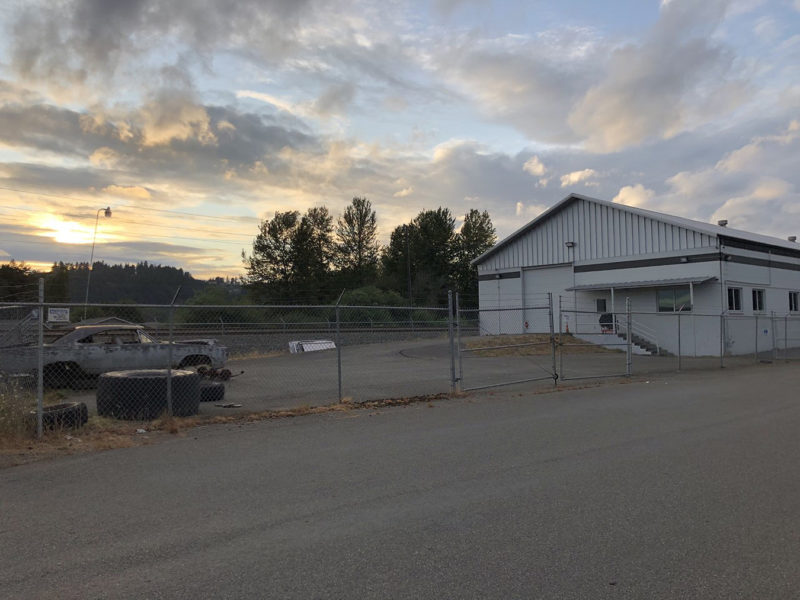Beyond Integrity: Starting with Cultural Significance

The Vogue/Vain Building in downtown Seattle. Due to exterior changes, it was not considered historically significant in the 2007 Downtown Historic Resources Survey and Inventory.
By Tera Williams, Beyond Integrity
I initially applied for the Beyond Integrity Equity in Historic Preservation internship not knowing quite what to expect. I hadn’t heard of Beyond Integrity in particular, but knew of 4Culture and was excited to find out more. During my internship, I learned about the work Beyond Integrity does and the state of historic preservation at the city and county levels. I love research and learning, so the internship was a great fit for me. I am currently a Ph.D. student at the University of Washington studying equitable revitalization for traditionally underserved/marginalized communities. Within my frame of study, historic preservation is a very large component of revitalizing a neighborhood equitably. Being able to analyze the way historic preservation policy and tools are currently being implemented and make suggestions to make the process more equitable was thrilling and a huge advantage to my research outside of the internship.
The research process always connects me with my own childlike sense of wonder. Something about wading through information to reconstruct the relevant bits into a narrative fulfills all my childhood dreams of growing up to be Sherlock Holmes without the part where I put myself into imminent danger chasing down criminals (you’re welcome, Mom). For my internship, my investigation process began with creating a case study protocol based on the goals for the internship. The goal this year was to analyze the impact of survey and inventory methodologies in the determination of what was or wasn’t of high cultural significance. After establishing what I was trying to figure out, I conducted interviews with support from the 4Culture team, revisited previous surveys done in Seattle and King County, selected a cultural resource from each to research more in depth, and tracked down further information about them.
The two surveys that I looked into for my case study followed very different protocols. The downtown Seattle area survey was a windshield survey that looked primarily at architectural significance. Many resources were deemed ineligible for designation based on the survey without taking their cultural significance into account. From the survey, I chose to focus on the Vogue/Vain Building, a counterculture hub for much of its history and the venue of Nirvana’s first Seattle show. The second survey was a King County survey looking specifically at Japanese cultural resources in the White River Valley of Auburn. As such, the types of resources missed with the downtown Seattle area survey were picked up here. I focused on the Yasamuras’ Packing Shed from the White River Valley survey because it marked the departure point of the Japanese community from White River Valley. The packing shed was used as an informal train station to send Japanese Americans to internment camps during World War II. The two cases illustrated different ways that cultural resources important to communities in the margins can be excluded through survey and inventory.
I learned a lot about the historic preservation process in the Puget Sound area through my internship work. My main takeaway was that the field is significantly more adaptable than I initially assumed. Historic preservation from an outside perspective often feels like it is just about rules, but my internship taught me that it is still an evolving field with its own nuances and shortcomings, rather than simply policy.
As far as inventory and survey methodology were concerned, I learned the importance of using the context statement to guide the survey process, public input on potentially significant cultural resources, and transparency in the historic preservation process. The form used for the survey itself should be set up to look at cultural significance with the same value used in looking at architectural significance. On a base level, I learned the importance of something as simple as vocabulary in preservation outcomes. While integrity is not defined on a local level, on a national level it is defined as integrity of meaning. Surveys both local and national have overlooked cultural resources that lacked architectural integrity while retaining integrity of meaning, and the difference is elementary.
To read Tera’s full report, which analyzes both the Seattle and King County surveys and dives into the two case studies of the Vogue/Vain Building and the Yasumura Shed, please visit 4culture.org/beyond-integrity and click on the report titled, “Starting with Cultural Significance.”


Above: The site of the Yasumura Shed. The original shed burned down in 1950, and the current shed was rebuilt to serve the same purpose in 1957. This site was identified as a cultural resource in the 1997 Japanese-American Legacies in the White River Valley Historic Context Statement and Inventory.
